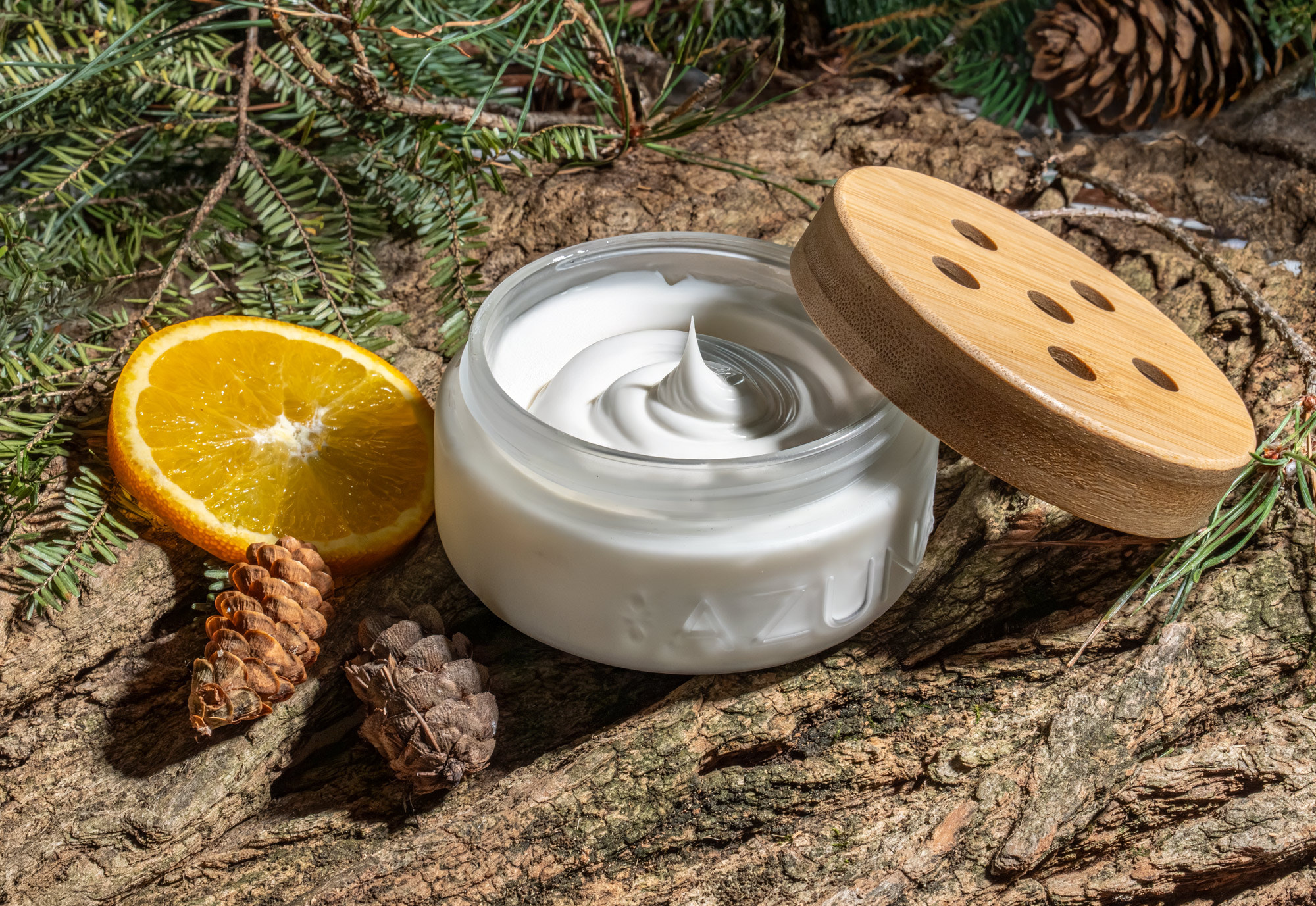Did you hear that?
It’s the sound of us closing the lids on our storage totes and packing away all of winter’s thermal sweaters. But before fully leaning into seasonal storage, there are a few steps to take to keep your items in top condition. We’ve outlined eight of those below to help you prepare your things for long-term storage, so you can tuck winter away for good.
1. Choose the right container. It's key to protecting your items during the off-season.
-
Breathable storage options for clothes:
To hold winter clothing and fabrics, opt for more permeable material like cotton or canvas garment bags. These allow for air circulation, preventing mold and mildew growth during the warmer months. If garment bags aren’t practical, clean pillowcases or large cotton sheets can work as well—just seal them tightly with safety pins or rubber bands. -
Plastic bins for outdoor gear and more:
Things that need extra protection, like snow boots, ski equipment, and winter entertaining dishware, store well in airtight plastic bins (with a tight-fitting lid). They’ll keep out pests and moisture while protecting contents. -
Vacuum-sealed bags:
Bulkier items like comforters and thermal blankets can be placed in vacuum-sealed bags, which save closet space and protect against dust and moisture. Avoid using vacuum compression for thin or silky fabrics, though—it can cause wrinkles and creases that are hard to remove. -
Specialty containers for more delicate accessories:
For items like wool hats, leather boots, or Christmas ornaments, specialty containers add protection during long-term storage. If these containers don’t fit well in your space, consider placing smaller items like soft-sided ornament boxes inside plastic totes to make them more stackable. When packing, be sure to label: attaching a Post-It note or a piece of tape with each bin's contents will make your eventual unpacking much easier.
2. Don’t overpack.
Overstuffed bins are a breeding ground for mold and mildew. When contents are pressed together tightly, your heavy winter clothes and thermal linens can block airflow and cause moisture buildup. Always leave some extra room when packing—around a half inch of space at the top of the bin will ensure proper air circulation to prevent mold or mildew growth.
3. Make sure your winter storage area is clean and dry.
This one might seem obvious, but it’s worth emphasizing. Make sure both your containers and your storage space are clean, dry, and free from dust or debris. Wipe down bins with a microfiber cloth and, if needed, spot clean with a natural cleaning spray like Azuna’s. You can also consider adding a portable dehumidifier to your storage area to help reduce moisture levels (something particularly important in basement or attic storage).
4. Thoroughly clean your items before storing until next season.
Before you start to pack away any winter sweaters, check that everything is free from dirt, dust, and food particles that can attract mold or pests. Try to pack freshly-cleaned items whenever possible, but if you don’t want to do a full laundry load beforehand, placing a small block of activated charcoal or a sachet of baking soda inside your storage bins will help absorb lingering odors.
5. Use cedarwood to protect against musty odors and moth damage.
Cedarwood is a natural repellent whose oils ward off insects, especially moths, while its moisture-wicking properties prevent mold and mildew. It also eliminates musty odors, making it ideal for storage spaces. Safe around fabrics, it’s excellent for linen storage—though for delicate materials, place a barrier between the wood and your items to prevent oil transfer. And, when its effectiveness fades, a simple sanding will refresh it.
6. To prevent pests in storage bins, consider lavender or eucalyptus for extra protection.
Lavender and eucalyptus naturally repel pests, too. These plants deter bugs, rodents, and moths from entering your winter storage. Either hang the dried plants near containers or spray a diluted solution (ten drops of essential oil to eight ounces of water) on plastic bin lids. The American College of Healthcare Sciences has compiled a list of other essential oils that have similar properties.
Please note: When ingested, some of these plants or oils may be harmful to pets, so be sure to use this method only in pet-free areas.
7. Elevate your containers to prevent moisture damage.
When storing items, avoid placing bins directly on the floor. Floors, especially concrete, can release moisture, which the bottoms of plastic containers can trap—creating an environment for mold and mildew to flourish. Elevate your bins by placing them on pallets, shelves, or another raised surface to prevent moisture buildup and keep your items dry.
Don’t have anything currently in place? This guide from the Home Depot can help you DIY a shelving system—in four hours or less.
8. Keep your storage space well-ventilated.
Ensure your storage space has proper ventilation to prevent excess moisture buildup. A well-ventilated area that supports airflow will minimize your risk of mold and mildew. If that’s something your storage area lacks, consider using a dehumidifier (The New York Times’ Wirecutter recently named their top picks for 2025) or leaving the space open occasionally to let fresh air circulate.
Ready to get started? So are we.







